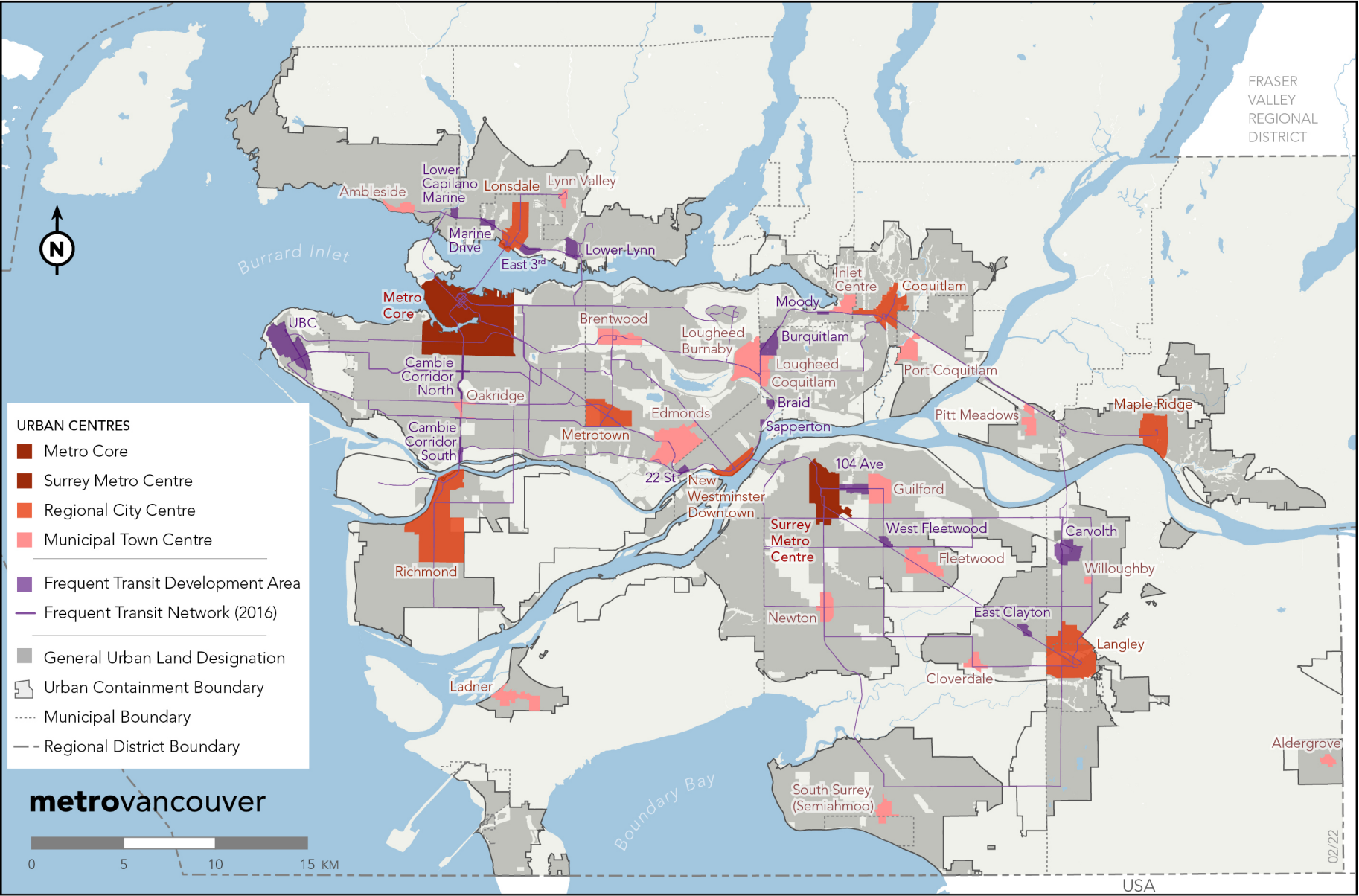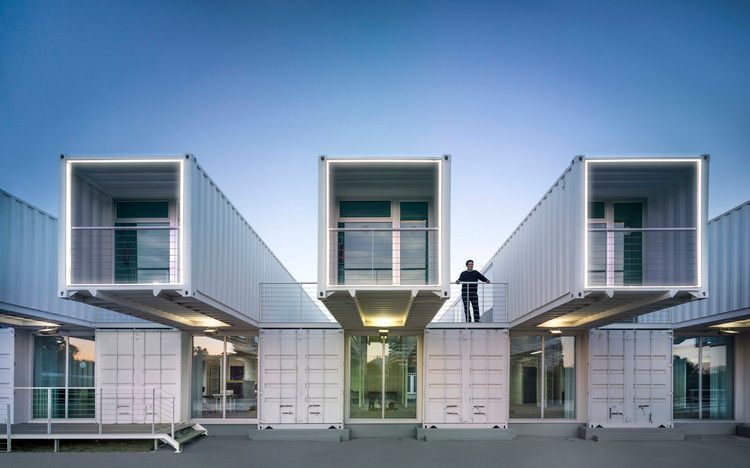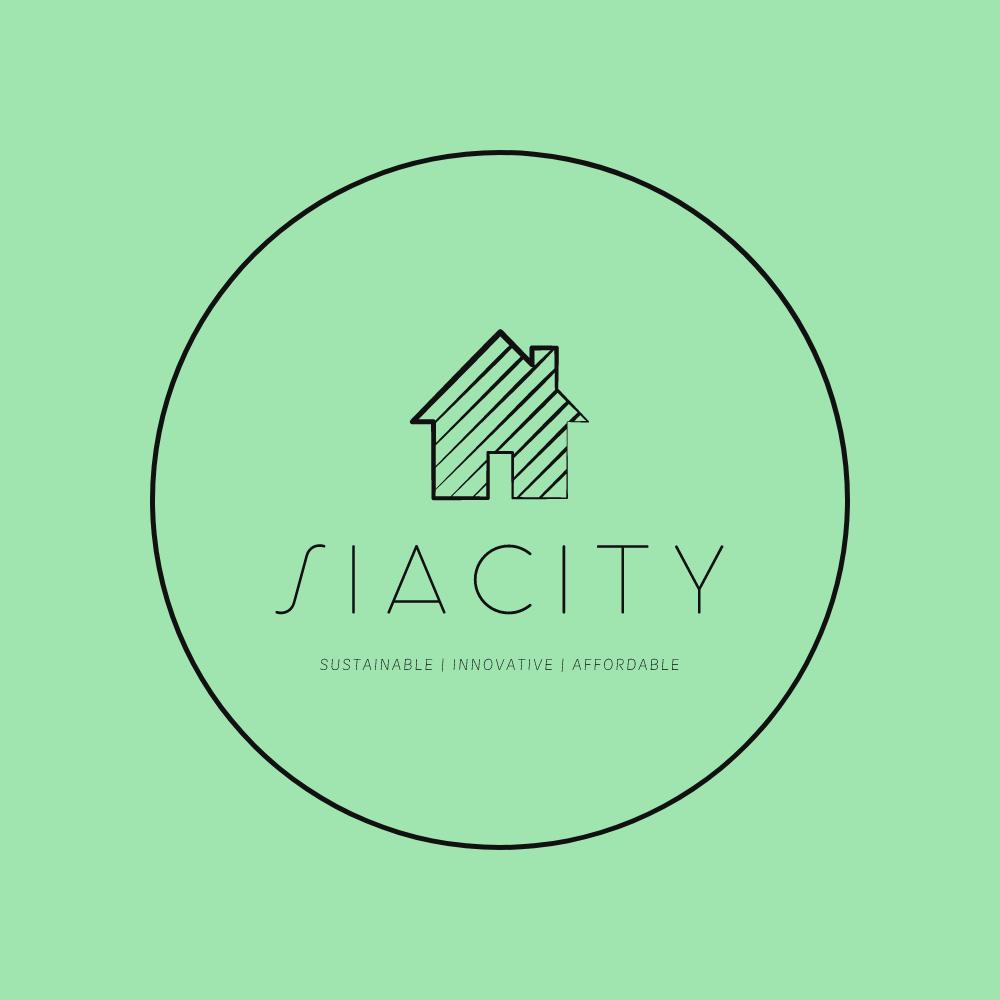
Prime Minister Mark Carney announced the creation of Build Canada Homes, a $13 billion federal agency tasked with accelerating affordable housing construction across Canada. The agency will oversee 4,000 new homes on six federally owned sites in: Dartmouth, N.S. Longueuil, Que. Ottawa Toronto Winnipeg Edmonton Construction is expected to begin in 2026. 💰Budget & Incentives $13 billion budget to reduce upfront costs for builders. Incentives for affordable housing projects using the CMHC definition (housing costing <30% of pre-tax income). $1 billion transitional housing fund for people at risk of homelessness. Continuation of the Rental Protection Fund (helps non-profits/community groups acquire rental units to keep them affordable). 🏗️ Methods of Construction Factory-built modular homes Mass timber and other cost-efficient modern methods Enables faster builds (including winter construction) and bulk permitting Partnership with Nunavut Housing Corporation → 700 homes (30% built off-site and shipped north) 🏘️ Land & Sites Federal departments tasked with identifying surplus land. Adds to the Canada Land Bank (currently 88 properties). Aim: lower costs for developers → lower rents & home prices for families. 🌍 Policy & Economic Alignment Buy Canadian Policy → prioritize domestic materials and supply chains. Strategy to bolster Canadian manufacturing in the face of U.S. tariffs. 👤 Leadership Ana Bailão appointed as CEO. Former Toronto Deputy Mayor & City Councillor. Experienced in affordable housing (served on Toronto Community Housing board).

The Future of Real Estate Development in Greater Vancouver: A Five-Year Outlook Over the next five years, Greater Vancouver is poised for significant growth and transformation in its real estate landscape. The region's allure, driven by its natural beauty, economic strength, and cultural diversity, continues to draw both residents and investors, although not without challenges. Here's an exploration of the potential development areas and some future potential projects currently on the horizon. Economic and Demographic Drivers Greater Vancouver's real estate market is shaped by several key factors: economic growth, urban development, and demographic changes. The influx of tech jobs, alongside Vancouver's steady population increase, fuels housing demand. However, this demand often outpaces supply, pushing for more strategic development across the region. Population Growth : Vancouver's population is expected to grow, necessitating more housing solutions, particularly in transit-accessible areas. Economic Stability : With a strong GDP forecast, Vancouver remains an attractive place for real estate investments. Potential Development Areas 1. Transit-Oriented Developments: Areas around new transit lines, like the Broadway Subway, are prime for development. These regions, including Mount Pleasant, Fairview, and Kitsilano, are expected to see new residential and commercial projects over the next 30 years, with a focus on sustainable, high-density living. 2. Underutilized Industrial Lands: The False Creek Flats, once predominantly industrial, are evolving into mixed-use zones. Plans include more housing, office spaces, and community amenities, aiming to make the area more productive and connected. 3. First Nations Partnerships: Significant developments involving First Nations groups are set to reshape the landscape, particularly with projects like the Jericho Lands in West Point Grey, which will introduce thousands of new homes, including rentals, supporting both housing supply and reconciliation efforts. 4. Suburban Expansion: Cities like Coquitlam, Burnaby, and Surrey are witnessing redevelopment. For instance, the Brentwood area in Burnaby is transforming from a shopping center into a high-density mixed-use neighborhood, capitalizing on SkyTrain access. 5. Redevelopment of Existing Neighborhoods: Older neighborhoods are undergoing revitalization. The Langara Gardens and Little Mountain projects are examples where social housing sites are being reimagined with mixed-use developments, enhancing community amenities and housing options. Future Potential Projects: Capilano Mall Redevelopment - Plans include 11 towers up to 40 storeys, offering 3,100 homes, a new Walmart, and significant retail and restaurant space, aiming to make it the North Shore's largest high-rise project. PoCo Place in Port Coquitlam - Wesbild proposes a 6-tower development that would dramatically increase the residential and commercial offerings in the area, focusing on creating a vibrant urban community. Rupert Station Development - A First Nations-led project at the old BC Liquor site near SkyTrain Rupert Station, proposing 12 towers up to 60 storeys, potentially introducing some of Vancouver's tallest buildings with a mix of residential, office, hotel, and industrial spaces. Jericho Lands Expansion - Beyond current plans, there's potential for further phases which could double the population of Point Grey, with new homes, cultural spaces, and commercial developments around the future SkyTrain station. Broadway Plan Area - With at least 35 high-rise towers proposed, this area is set to see about 7,000 new rental homes, emphasizing transit-oriented development near multiple SkyTrain stations. Challenges and Considerations While the outlook is optimistic, developers face challenges like rising construction costs, labor shortages, and the need for sustainable practices. Moreover, the ongoing affordability crisis means that new developments must consider a broad spectrum of housing needs, from luxury to affordable options. Conclusion Greater Vancouver's real estate market in the next five years will see a blend of innovation, community-focused planning, and sustainable development. With strategic projects in key areas, the region is set to enhance its livability while addressing the critical issue of housing supply. As these developments come to fruition, they will not only reshape Vancouver's physical landscape but also its social and economic fabric, aiming for a balanced growth that benefits all residents.

Unlocking Affordable Housing in Canada: The Rise of Modular Homes In the face of Canada's escalating housing crisis, the conversation around affordable housing solutions has gained unprecedented urgency. Amidst this backdrop, modular homes have emerged as a beacon of hope, offering a blend of speed, sustainability, and cost-efficiency that traditional construction methods often cannot match. Here's an in-depth look at how modular homes could be the key to making homeownership accessible across Canada. What Are Modular Homes? Modular homes are constructed in sections, or "modules," in a controlled factory environment. These modules are then transported to the building site, where they are assembled on a permanent foundation. Unlike mobile homes, which are built on a chassis and can be moved from place to place, modular homes are fixed to the ground, providing the same permanence as traditionally built homes. Benefits for Affordable Housing 1. Speed of Construction: One of the most significant advantages of modular homes is the speed at which they can be built. Since most of the construction happens off-site, weather delays are minimized, and homes can often be completed in a fraction of the time it takes to build a conventional home. This rapid construction timeline can lead to quicker occupancy, reducing the time potential homeowners must wait to move in. 2. Cost Efficiency: Modular homes generally offer substantial savings over traditional stick-built homes. The factory setting allows for bulk material purchasing and efficient use of resources, which cuts down on waste and costs. Fixed labor costs in a factory setting also contribute to predictable pricing, which is essential in an unpredictable economic climate. Many modular home providers in Canada boast that their homes can save buyers up to 40% compared to traditional builds. 3. Quality Control: In a factory, each module is built under stringent quality control measures, often surpassing the standards of on-site construction. This controlled environment ensures that materials are not exposed to the elements during construction, thus maintaining quality and durability. 4. Sustainability: Modular construction is inherently more sustainable. It reduces on-site waste, uses materials more efficiently, and can incorporate green building technologies more seamlessly. This aspect not only appeals to environmentally conscious buyers but also can lead to reduced long-term living expenses through energy-efficient designs. 5. Adaptability and Customization: Contrary to the myth that modular homes come in one-size-fits-all configurations, many manufacturers offer extensive customization options. Homebuyers can select designs, materials, and even add-ons like solar panels or energy-efficient appliances, tailoring the home to their needs and budget. 6. Addressing Housing Shortages: With Canada's need for 3.5 million additional housing units by 2030 to restore affordability, modular homes provide a scalable solution. Cities like Toronto have already seen success with modular housing initiatives aimed at providing quick, affordable housing options for those experiencing homelessness, demonstrating the model's viability in urban settings. Challenges and Considerations Despite the benefits, modular homes face their own set of challenges: Perception: There's still a stigma associated with modular homes, often seen as less durable or less valuable than traditional homes. Education and showcasing quality modular projects could shift public perception. Regulatory Hurdles: Building codes, zoning laws, and local permits can sometimes complicate or delay the placement of modular homes, especially in densely populated areas. Transport and Installation: While generally efficient, the logistics of moving and setting up large modules can be complex and require careful planning to minimize costs and disruption. The Future of Modular Homes in Canada The momentum for modular housing in Canada is palpable, with both government and private sectors investing in this construction method. The federal government has even introduced financing options for projects using innovative building technologies like modular construction, signaling a strong endorsement. As policies evolve and public perception shifts, modular homes could become a cornerstone of Canada's approach to solving its housing crisis. With their promise of affordability, speed, and sustainability, modular homes are not just an alternative but a necessary evolution in how we think about and build homes for the future. In summary, modular homes present a viable, scalable solution to Canada's affordable housing needs, offering a pathway to homeownership for many who might otherwise be priced out of the market. As we move forward, the integration of modular construction into mainstream housing solutions could very well redefine what we consider home in Canada.


